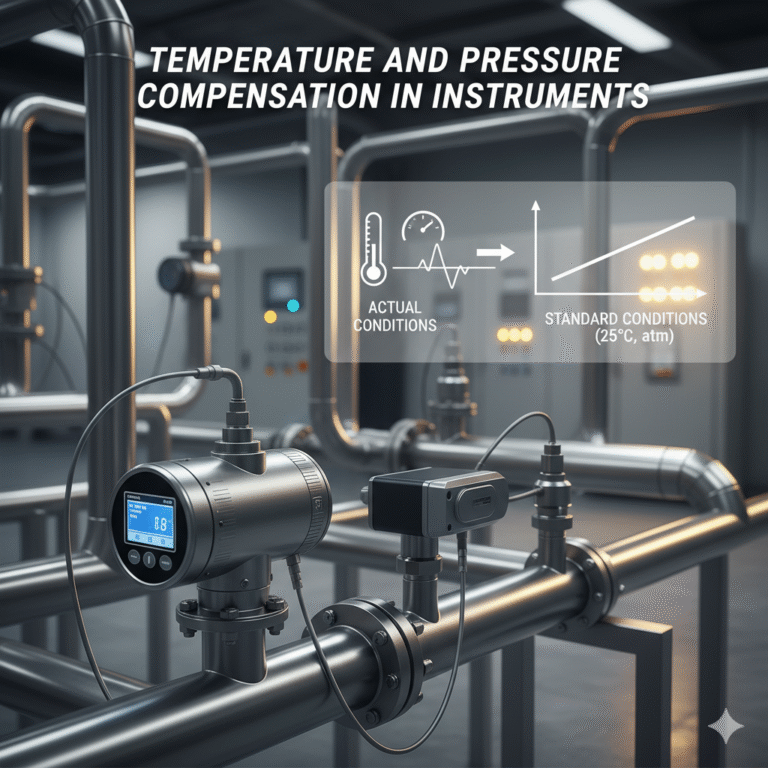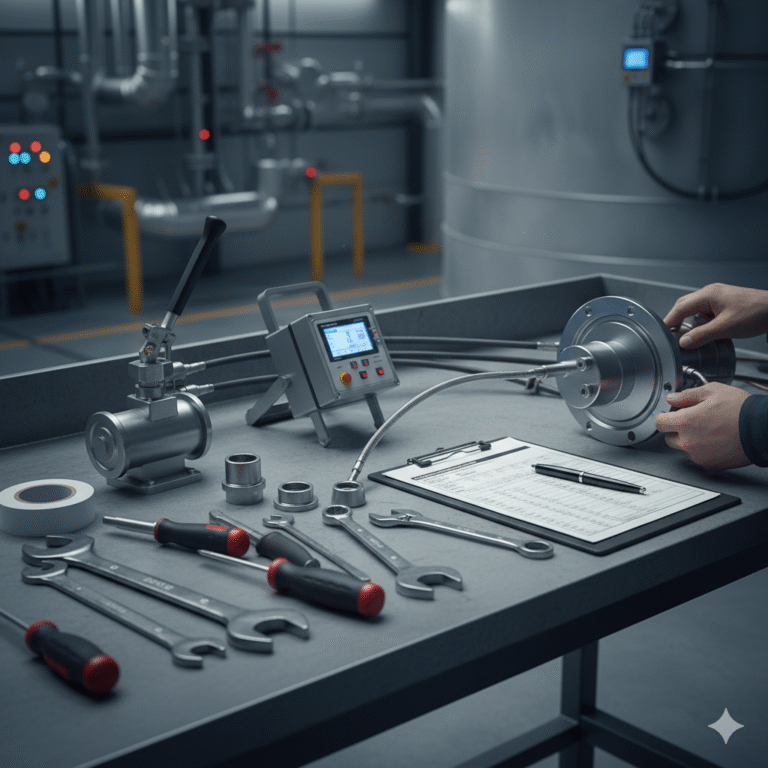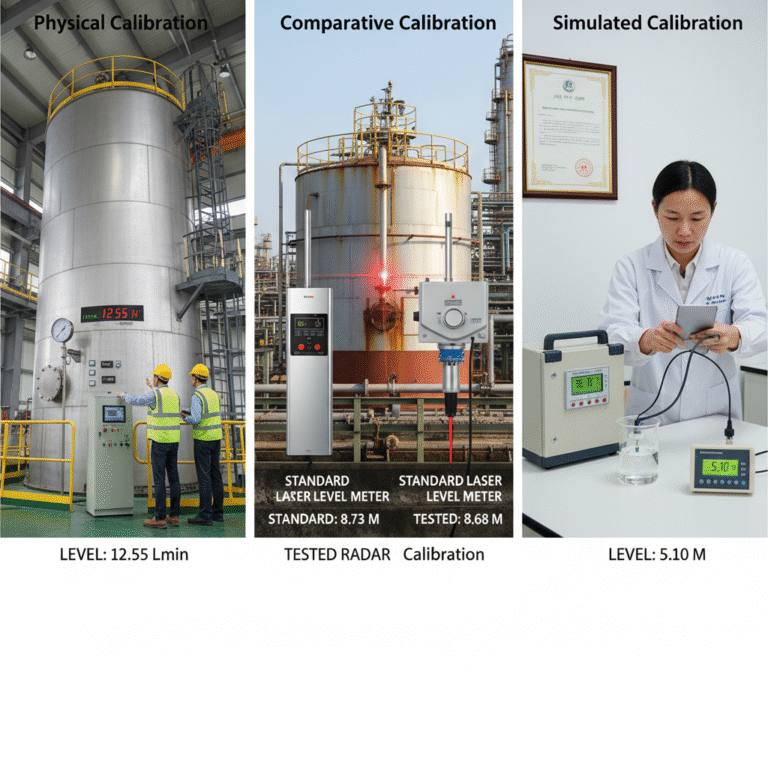Newly manufactured instruments for the chemical industry must undergo certification and calibration before they are put into use. This is crucial for ensuring the accuracy, reliability, and suitability of the instruments under actual working conditions. The need for certification and calibration can be understood in several key aspects:

1. Differences Between Factory Testing and Actual Operating Conditions
Factory Standards vs. On-Site Requirements: Factory testing generally adheres to general standards such as accuracy and basic functionality. However, in the field, chemical production sites often involve specific working conditions (e.g., high temperatures, high pressure, strong corrosive environments, and vibrations) that can cause performance discrepancies. For example, a pressure transmitter may pass factory tests at room temperature but may experience zero drift in high-temperature environments due to thermal expansion of materials. Calibration is needed to ensure its accuracy under actual conditions.
Impact of Transport and Storage: During transportation and storage, instruments may be subjected to vibration, humidity changes, or physical impact, which can lead to internal components becoming loose (such as sensor misalignment or poor terminal connections). Even minor physical changes can affect the measurement accuracy, especially for precision instruments like analyzers or radar level transmitters. Calibration helps identify any hidden damage.

2. Regulatory and Safety Compliance
Mandatory Calibration for Legal Compliance: According to the Measurement Law and industry regulations, chemical instruments (such as pressure gauges, thermometers, and flowmeters) used for trade, safety monitoring, or environmental regulation must be verified by a legal metrology authority before use. This ensures consistency and accuracy in measurements, as seen with safety valve calibration, which must comply with special equipment safety standards.
Process Safety Assurance: Chemical production often involves hazardous substances such as flammable, explosive, toxic, or harmful materials. Measurement errors in instruments can lead to misoperations, such as inaccurate level measurements resulting in overfilling or pressure transmitters causing overpressure explosions. Calibration helps detect discrepancies early, preventing safety incidents due to measurement errors.
3. Compatibility with System Integration
Adaptability to Control Systems: Chemical instruments need to interface with control systems such as DCS or PLCs. The instrument’s signal output (e.g., 4-20mA or HART protocol) may not be fully compatible with the system, leading to issues like signal drift or communication protocol mismatches. Calibration tests the interaction between the instrument and the control system to ensure smooth integration, such as confirming that valve opening percentages align with control signals.
Range and Process Matching: Instruments are typically tested for a general range at the factory. However, these ranges may need to be adjusted based on specific process parameters (e.g., a reaction vessel’s pressure range of 0-1 MPa while the instrument is set to 0-2 MPa). Calibration ensures that the instrument’s range is correctly adjusted to avoid issues like insufficient resolution for small flow measurements.

4. Potential Risks of Quality Inconsistencies
Variability Between Individual Units: Even instruments from the same production batch may show slight performance differences due to component tolerances or assembly variations. For example, thermocouples of the same model may exhibit thermoelectric potential deviations beyond acceptable limits. Calibration ensures that outliers or defective units are identified before deployment.
Hidden Quality Defects: Some instruments may have latent design or manufacturing defects (such as incorrect seal materials or poor soldering on circuits) that only become apparent under strict testing during calibration, such as high/low-temperature cycles or pressure shock tests. Identifying these issues during calibration helps prevent early failures once the instrument is in use.

Conclusion
Certification and calibration of newly manufactured chemical instruments create a critical buffer between “factory-approved” and “field-ready” performance. This process not only ensures compliance with regulatory standards but also confirms the adaptability, stability, and safety of instruments under actual working conditions. It reflects the chemical industry’s proactive safety and risk management approach, providing a solid foundation for reliable measurement and process control from the moment instruments are put into operation.
